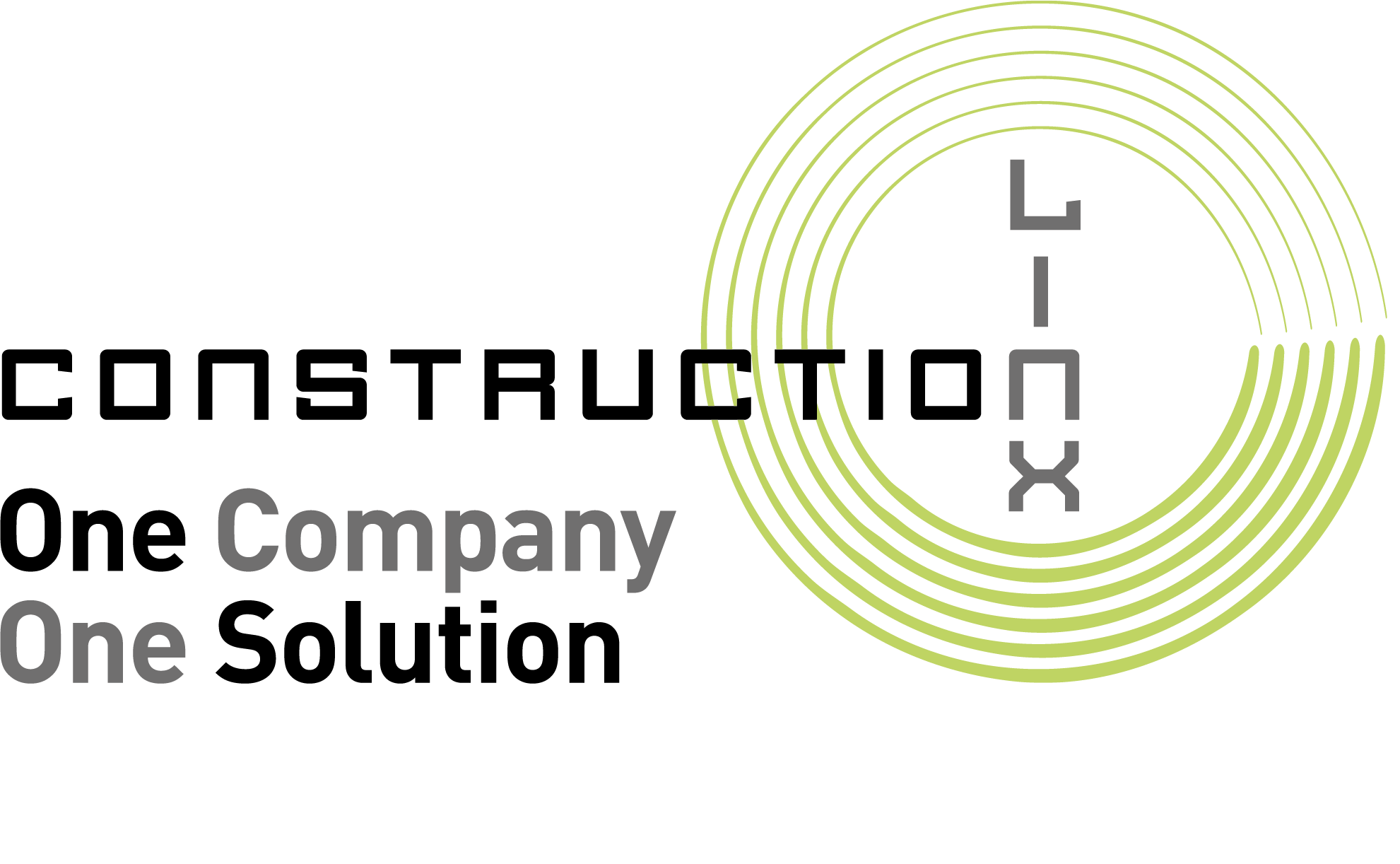Maintenance Plans
If you are responsible for the building maintenance needs of your building, whether it be owned or on full repairing lease then we know how inconvenient this can be! However once you have a basic understanding of the 3 core types of building maintenance then you are on your way to lowering your future maintenance costs, adhering to legislative maintenance frequencies and improving the working environment for your team members.
How building maintenance is defined: –
Scheduled Maintenance is best described as cyclical or serviced based and ensures that you comply with statutory or manufacturer’s requirements and undertaken at predetermined time intervals. Examples could include boiler servicing, Appliance PAT testing and grounds maintenance.
“Scheduled maintenance forms the base of a building maintenance plan”
Proactive Maintenance is simply explained as a way of spotting a repair before it gets worse and inevitably costs more to fix. Examples could include clearing a blocked gutter before it causes roof leaks or clearing a drain before it causes W/C blockages.
“A lack of planned maintenance always causes reactive maintenance”
Reactive Maintenance by its very nature must be treated as an emergency and needs to be initiated immediately for health, safety or security reasons or it may result in rapid deterioration of the building if not undertaken. Examples could include roof repairs following a storm or repairing broken glass.
“If it couldn’t have been predicted, it’s classed a reactive, anything else is planned”
Planned maintenance falls outside of the 3 core types of building maintenance as this is more commonly seen as “one offs” or “projects”. Examples here would be building stud walls to create new areas, resurfacing car parks or replacing windows.
From our experience most companies fall into 3 main areas when handling building maintenance……what approach do you take to building maintenance?
- They carry out some level of odd maintenance works themselves, inside or outside of works hours but realise that time pressure to their original job commitments and “weekend working” means that maintenance work can get left behind.
- They don’t know where to start – so don’t have an adequate plan in place
- They inadvertently adopt a reactive maintenance plan and as a result spent far too much time and money “dealing” with the problems instead of “managing to a plan”.
“When we turned large elements of our reactive maintenance in to planned maintenance, we made our life a lot easier”
Gina Lawrence, HR & Facilities manager at Red Eye
We believe every company wants the benefits that a better building maintenance plan brings, not only to the role of the facilities manager but also the working environment and the bottom line! This is best achieved by having a balanced approach and utilising the 3 areas of maintenance as appropriate for your business.
Find out how we can help you get the best outcome for all your maintenance and repair needs. Get in Touch HERE or call 01270 848700
